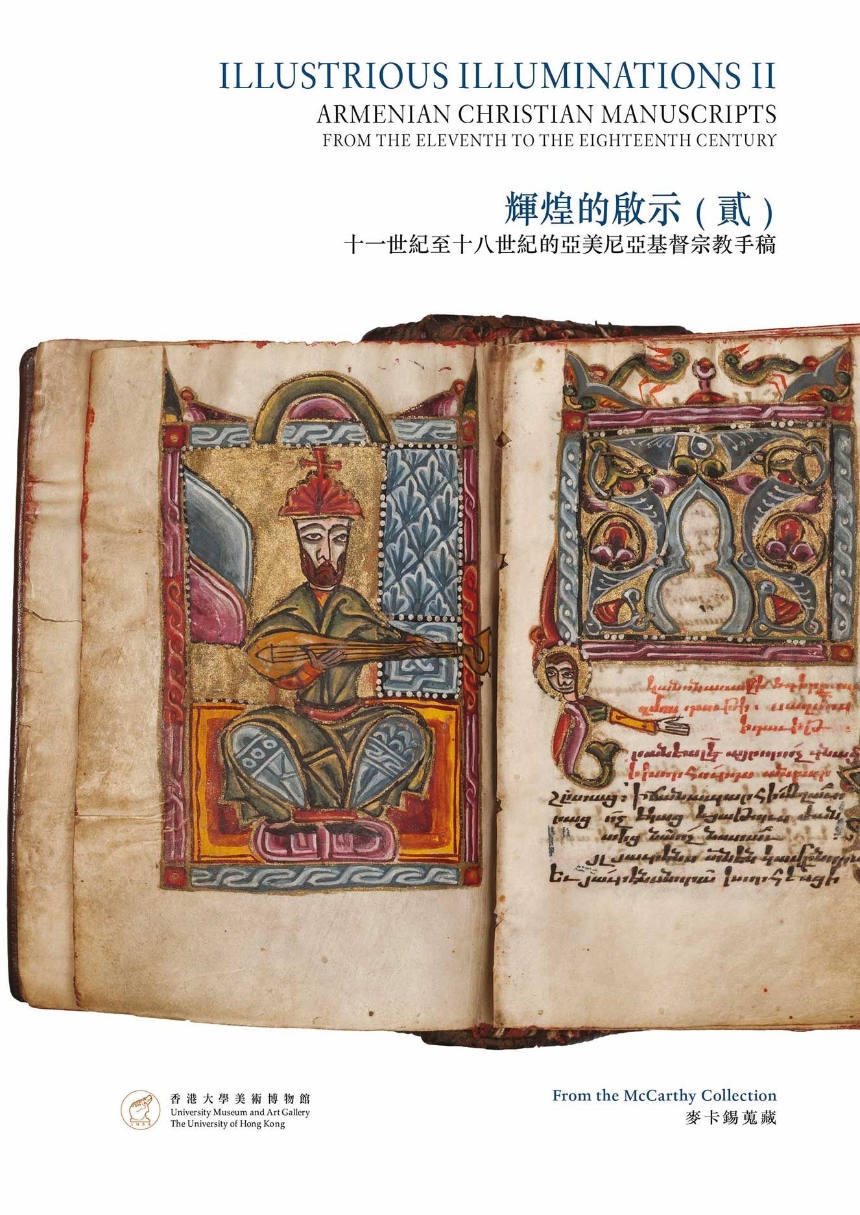Illustrious Illuminations II
Armenian Christian Manuscripts from the Eleventh to the Eighteenth Century
9789881902443
Distributed for HKU Museum and Art Gallery
Illustrious Illuminations II
Armenian Christian Manuscripts from the Eleventh to the Eighteenth Century
Illustrious Illuminations II Armenian Christian Manuscripts from the Eleventh to the Eighteenth Century assembles a fine selection of bound volumes, prayer scrolls and illuminated leaves illustrating the Christian Gospel from the Eastern Mediterranean. Armenian illustrated manuscripts are some of the most lavishly decorated codices of the Christian churches from the Middle East. The Gospels are paramount among these, primarily because of the Armenian community’s respect for the sacred texts, revering them in the same way that Greek and Russian Christians regard holy icons. Such texts were often carried into war by Armenian rulers and individual copies of the Gospels were given sacred names and believed to hold miraculous powers. The golden age of Armenian illuminated manuscripts was in the Cilician period (12th–14th centuries). Cilicia was home to important scriptoria—the workshops of Hromkla (actually beyond Cilicia proper), Grner, Sis (the Capital), Drazark and Skevra, where there were many outstanding artists such as Thoros Roslin. Cilician illumination at the end of the fourteenth century was severely affected by the advance of the Muslims. The kingdom was destroyed by the Mamluks, the Islamic rulers of Egypt, in 1375. Manuscripts by the hundreds were lost, mutilated or destroyed; only a few survived. Many artists escaped from Cilicia to other Armenian centres—where they continued the tradition of Cilician illumination—while others chose to adopt the art forms of their new environments. The importance of the book as a vehicle for the transmission of Armenian culture cannot be over stated. The illuminated manuscript—and in particular, the Gospel book—is the most significant cultural artefact, revealing both the history and strength of its traditions and heritage. Illuminated Gospel books typically include four types of images a ten-page set of canon tables (indexes for comparing similar passages in the four Gospels); an introductory cycle of illustrations depicting various scenes from the ministry of Jesus; portraits of the four Evangelists (St Matthew, St Mark, St Luke and St John) each placed at the beginning of his Gospel; and optional dedications to the donor of the individual Gospel book, in which the donor’s name was routinely inscribed in the colophon, along with names of the artist and scribe—and other historical information—thus ensuring salvation for the pious act of commissioning a sacred book. ?????? (?):?????????????????????????????,?????,?????,???????????????????????? ?????????????????????????????????????????????,????????????????????,?????????????????????????????????????????????,??????????????????,??????????? ??????(?????????)?????????????????????????????????,?????????(????????????????),??,??(??),???,??????;?????????????,???.??????????????????,???????????????????????????????????,????????????????????????????,?????????????????,????????????,???,??????????????,?????????????????????? ????????????????,????????????????--?????????--????????????,??????????,????????????????????????????:????????????(????????????);????????????????????????;???????????????????????(???,???,???,?????);???????,???????????????????,??,????,???????????,?????????????????,????????,??????????????????????,???????

